Like any other field, the field of medicine is continuously evolving. In recent years doctors have learned that the body can heal itself. Platelet-Rich Plasma (PRP) is a controversial form of regenerative medicine that is becoming increasingly popular in dermatology and sports science.
However, the FDA has only approved PRP use in bone grafts and not any other treatment. This has not prevented doctors from using this treatment on other health issues. While some doctors are using PRP to promote muscle healing and encourage hair growth, others are using it to treat symptoms of arthritis.
It is also increasingly used to treat sports injuries and promote the healing of wounds after surgery. It is used to also target signs of aging, such as wrinkles, in cosmetic procedures. However, other medical professionals like AF and ACR strongly advise against its use outside FDA-approved medicinal use, like in treating knee and hip osteoarthritis.
What is PRP
Platelets-Rich Plasma consists of two components. The first component is plasma, the liquid part of the blood and simply a medium through which red blood cells, white blood cells, and platelets travel in the body. Platelets, on the other hand, contain special proteins that promote blood clotting. Even though platelets are well known for their blood clotting abilities, they also contain growth factors that can stimulate tissue regeneration, healing, and cell reproduction.
PRP is blood with more platelets than usual. PRP is created by taking a blood sample from the patient and then placing it in a centrifuge. This device rapidly spins the sample, separating platelets from other blood components and enriching them within the plasma. The process involves separating plasma from the blood and then concentrating it with platelets.
What are PRP Injections
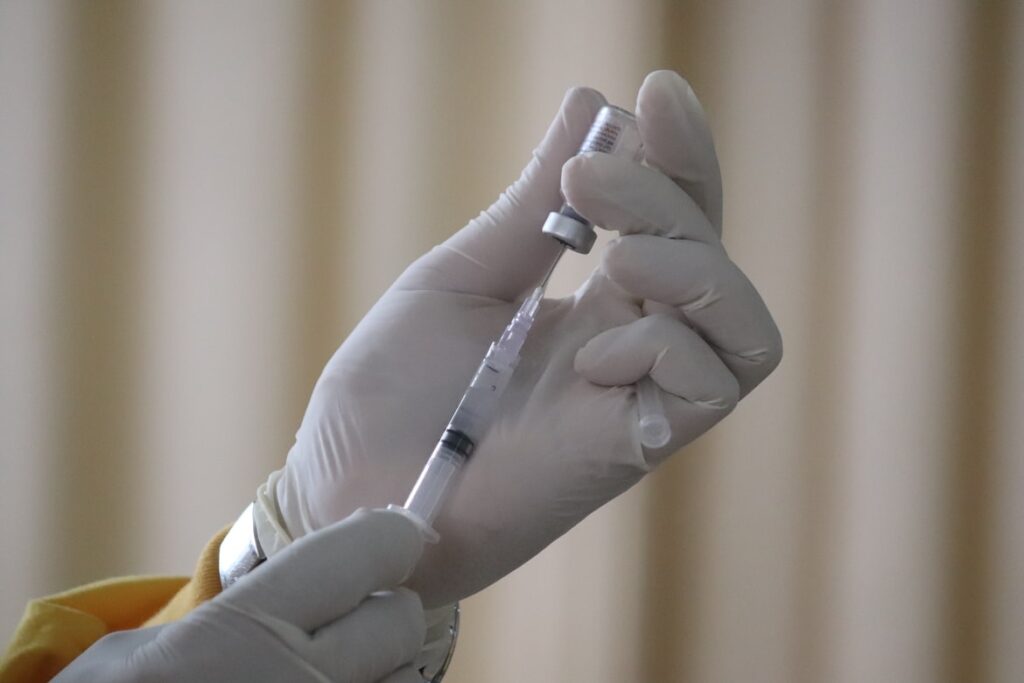
PRP treatment uses injections. After creating it, the doctor will use an injection to take it to the target area, such as a tendon, ligaments, skin, or muscles. As it is thought to promote healing, they break down and release growth factors and compounds that help repair and renew cells when injected.
PRP injections usually take 30 minutes though this may vary depending on the area being treated. Before the injection, the doctor will first numb the site, and once you are numb, they will use a needle to inject the substance into the damaged area. In some cases, ultrasound technology guides the injection to the target area. These treatments aim to concentrate growth factors in an area to accelerate healing.
However, the mechanism behind PRP injections is not well understood. According to researchers, the concentration of growth factors in PRP speeds up or stimulates the healing process, decreasing pain and reducing healing time. Even though famous athletes have been using it to help heal injuries, the Food and Drug Administration has not yet definitively proven PRP treatment.
What Does PRP Treat?
This regenerative medicine has significantly enhanced the healing process. The primary function of platelets in the body is to help blood clot in case of an injury and promote body healing. Platelets’ growth factors and cytokines encourage the healing and repairing of damages. PRP injections are being used across various applications as follows;
1. Hair Loss
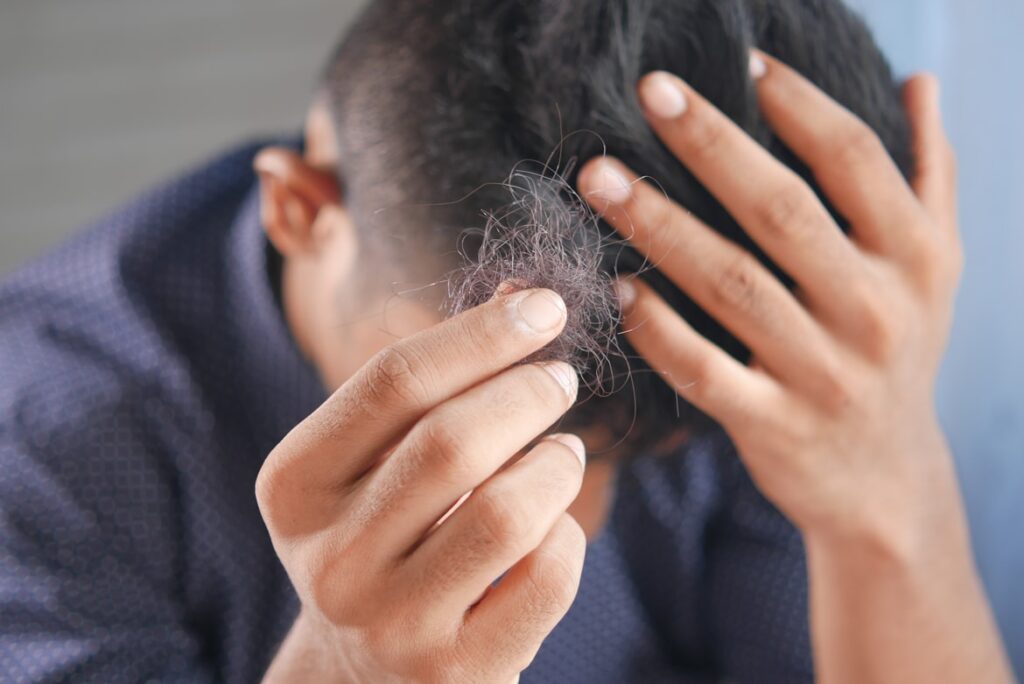
PRP shots effectively prevent hair loss and encourage new hair growth to treat male patterns of baldness (androgenic alopecia). Plasma-Rich-Platelets are also used after hair transplants to stimulate air growth.
The idea behind injecting PRP on the scalp is to reduce inflammation that leads to hair loss. Another study in 2015 revealed that males injected with PRP shots grew more hair with significant density than those who did not receive it.
2. Skin Rejuvenation

PRP is also used in cosmetic procedures as an anti-aging treatment. However, little evidence supports its ability to reduce signs of aging, such as wrinkles.
3. Osteoarthritis

Plasma-Rich-Platelet shots in the knee help people with osteoarthritis. According to a 2015 study, these injections proved to be more effective than the traditional therapy, hyaluronic acid injections for osteoarthritis. PRP treats stiffness and pain by reducing inflammation and modulating the environment.
However, the research was a small trial based on 160 people, but it is still growing. When combined with other options improves function, lessens pain, and may help repair cartilage.
4. Post-surgical Repair and Healing

Clinicians first used PRP to accelerate healing after plastic surgeries and other surgeries. Doctors also use PRP injections after surgery to repair torn ligaments or tendons. Post-surgical PRP injections have also expanded to help heal muscles as procedures on these issues are known to have prolonged recovery times.
5. Tendon, Ligament, Muscle, and Joint Injuries
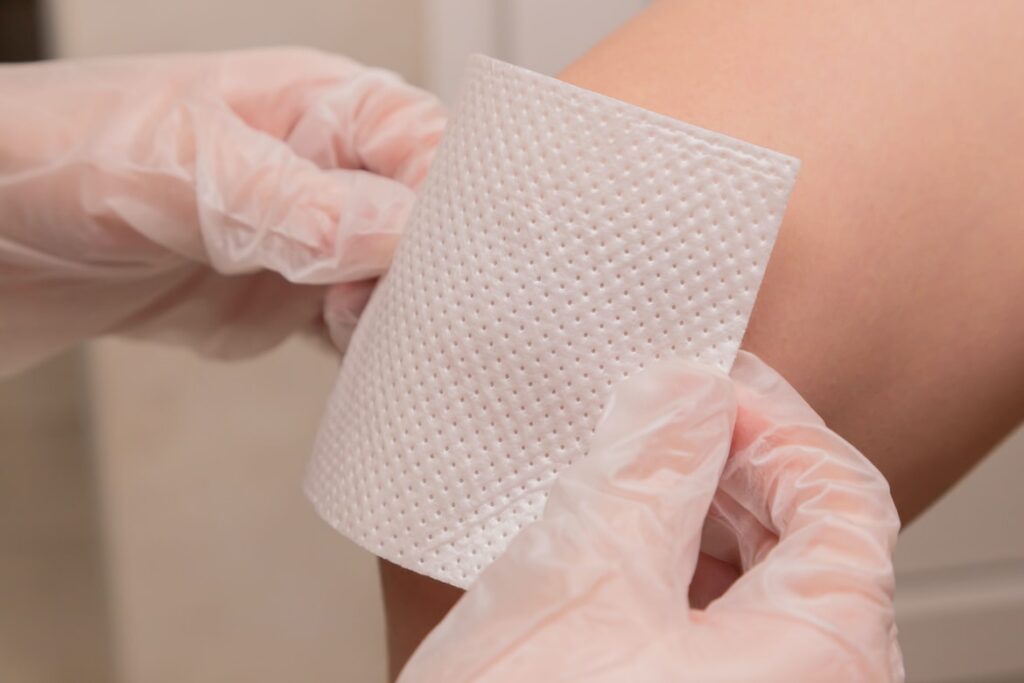
Tendons are thick, tough bands of tissues connecting muscles to the bone. After an injury, they are slow to heal. Doctors are currently using PRP injections to treat chronic tendon issues such as Achilles tendonitis at the knee, Jumper’s knee, and tennis elbow.
PRP shots can treat various musculoskeletal injuries and conditions that usually take a long time to heal. Doctors are adding PRP to the treatment regimen to help reduce pain and stimulate healing.
6. Acute Injuries
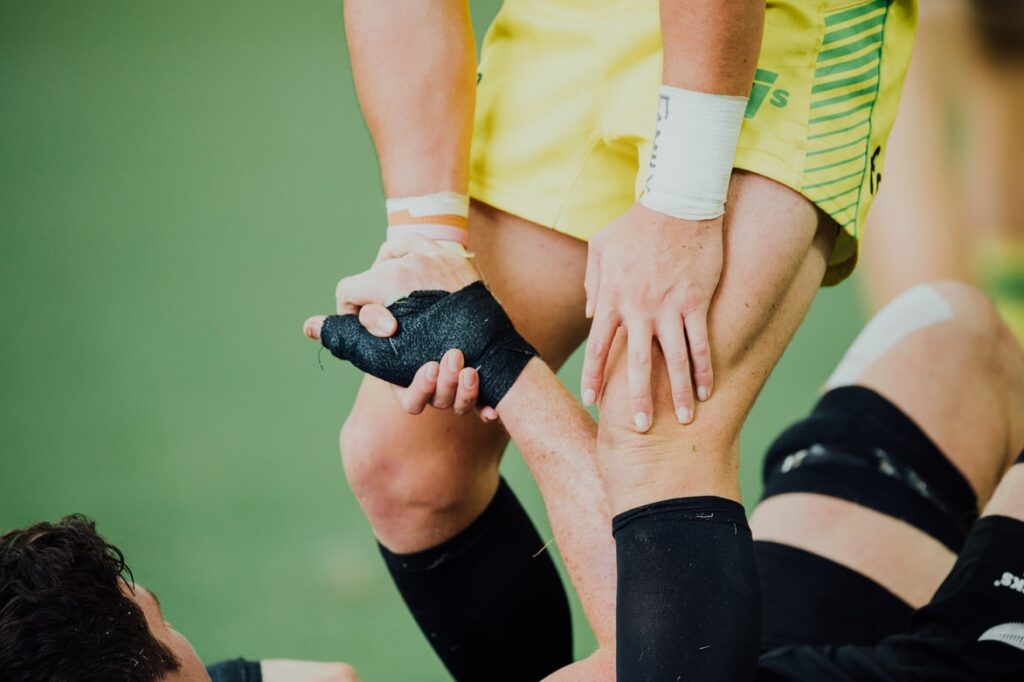
This treatment is commonly used in the sports industry to treat acute sports injuries such as knee and joint sprains and pulled hamstring.
Potential side effects of PRP
PRP treatment has potential side effects since it involves the injection of a substance into the body. The treatment consists of injecting a substance that comes directly from the patient’s body; hence it is autologous. For this reason, there are reduced risks of allergic reactions associated with other medications such as hyaluronic and cortisone.
However, PRP injection has the following side effects:
- Tissue damage
- Nerve injuries
- Infection
- Pain in the treated area
Before taking the shots, discuss with the doctor these potential risks and the steps to minimize them.
Preparing for PRP Injections
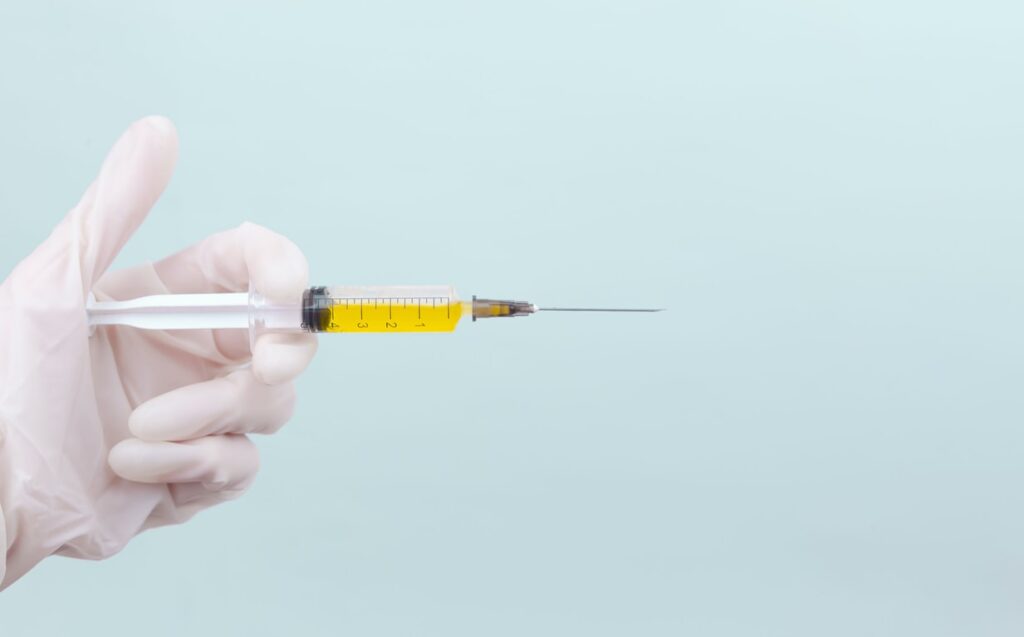
There are a few steps of preparing for PRP treatment depending on how to receive the treatment. PRP can be injected in various ways; for instance, a topical numbing substance may first be applied to your scalp, so you may have to arrive early for treatment. Another option is to combine an anesthetic with PRP to reduce discomfort, in which case preparation will be as recommended by the physician.
Before getting PRP injections, you may have to stop taking medications such as Ibuprofen and aspirin that thin your blood. You may also be required to take a break from Omega 3 fatty acids and other vitamin supplements. However, the doctors will let you know how to prepare for the treatment.
Since the procedure involves drawing blood from your body, you must eat well before receiving PRP injections to avoid feeling lightheaded. After the procedure, you will not be required to wash the injected area for 48hours. Even though there is some associated soreness, bruises, and pain, let your doctor know if you are feeling intense or sharp pain.
PRP treatment is not recommended for patients with the following health conditions:
- Anemia
- Low platelet count or abnormal platelet function
- An infection
- Cancer
Conclusion
Today, PRP therapy is used in various medical specializations to avoid more radical or invasive treatments and help patients heal faster. Plasma-Rich-Platelets treatment is based on the ability of the body to heal itself. It involves concentrating your body’s growth and healing factors on the injured area to promote healing.




